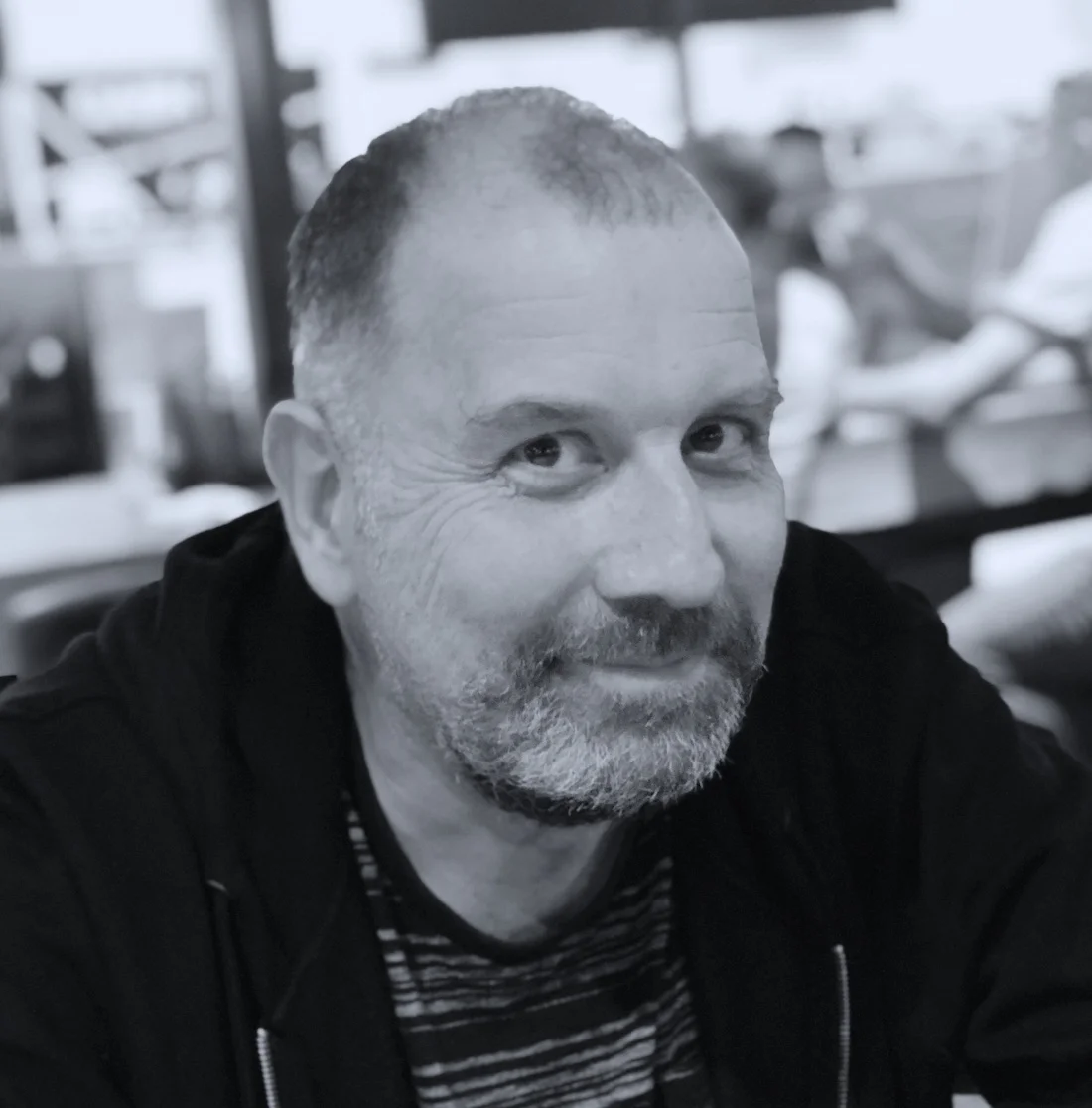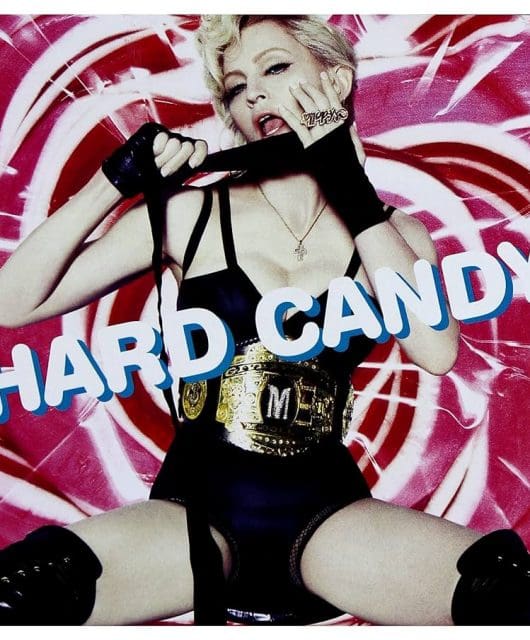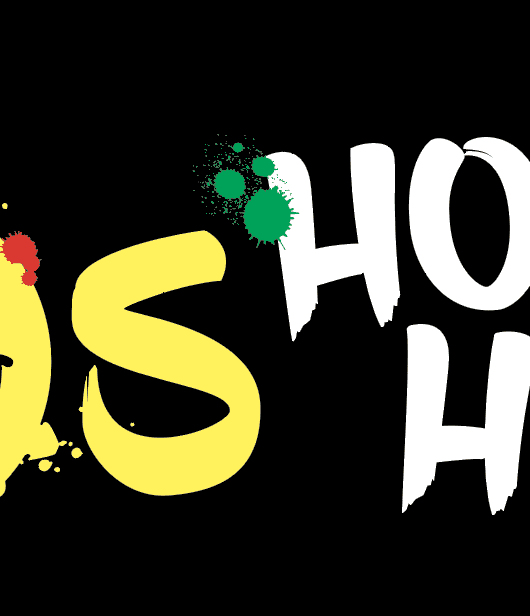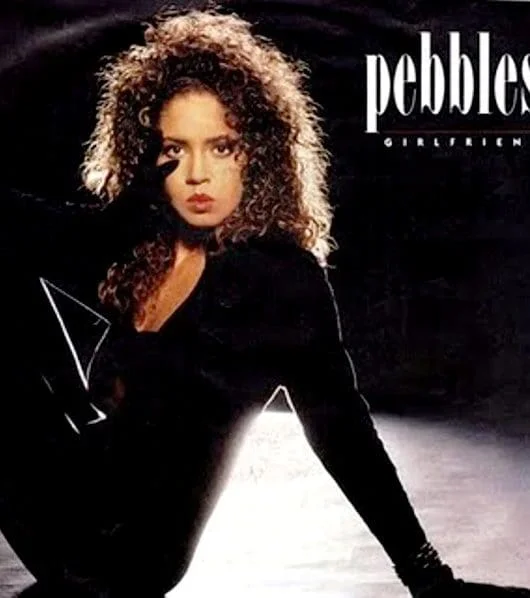Who’s Afraid Of The Art Of Noise? Interview
By Andy Jones | February 21, 2024

J. J. Jeczalik and Gary Langan reflect on the formation of Art Of Noise
In 1984, Art Of Noise unwittingly created some of the most memorable tunes by maxing out the technology of the day. And thanks largely to their efforts – and a series of extraordinary events – they created a DIY ethos that to this day means anyone can make music.
The year 1984 won’t be remembered for an Orwellian society where humanity was repressed by a totalitarian regime. Instead it could be the opposite, perhaps marked as the year when the human race started enjoying more freedom: or at least when everyone could start creating music, no matter what their background. In 1984 music production came within reach of the masses and Art Of Noise were the conduit.
Through a series of fortuitous events – “cadences” as we will discover – the band took technology and manipulated it into something sonically new. Such was the impact, they opened the door for the DIY producers of today. Now, anyone with an ounce of creativity can produce music, and AoN were the first to prove it was all possible.
Making History
Let’s not get ahead of ourselves though, as none of this was initially intentional. AoN only came together through a series of ‘right place, right time’ events. Oh, and ‘right technology’, too. That tech was the Fairlight CMI sampler, a hugely expensive – as in ‘more than an average house’ expensive – instrument that allowed you to record any sound, edit it and play it back.
The Fairlight was as complex as it was expensive, and only a few musicians had the resources to own one. One was Trevor Horn but it would be his cohorts, engineer Gary Langan and programmer J.J. Jeczalik, who got to know the machine well enough to make history.
“There were lots of cadences,” Jeczalik recalls of the series of events that led him to be Trevor Horn’s Fairlight guru. Firstly he’d been working with Geoff Downes, with whom he’d learned about the instrument. Then Langan recommended that Trevor Horn buy the instrument, but Horn found the Fairlight too difficult to master. Jeczalik remembers: “Trevor bought one, played it for 20 minutes and went, ‘I’m not a programmer’ and got me in!’”
Yes Men
Along with Langan, Jeczalik started using the machine on high profile, Horn-produced projects. Gary picks up the story: “J.J. and I were working on the Yes 90125 album, and they were trying to cut a track. The drums sounded amazing but Yes never finished it. In those days Trevor used to erase anything that wasn’t used. But I couldn’t bear to do that as these drums sounded so good. Something inside me said, ‘We can do something with these.’”
Langan and Jeczalik put the unused Yes drum recordings into the Fairlight and ended up sampling a whole loop. Then, as J.J. explains, “We got it looping and it sounded incredible – I remember going, ‘I’ve never heard anything like it!’”
Jeczalik started adding more unusual sounds to the Yes drums. “I had all these other sounds that I had tried to put on other people’s music, but they’d said, ‘No, we can’t put that on.’ So I had the car start, bells, crashes and this sort of stuff. And that’s why Art Of Noise started: we had found a home for these sounds.”
Gary and J.J. had unwittingly started Art Of Noise, a combination of world class drum loops, and these more unusual sounds. Another fortuitous event would bring their new sound to the masses.
The Horn Section
Soon after, Langan was travelling with Trevor Horn to recut ABC’s Lexicon Of Love album. During the car journey, Trevor explained to Gary that he had just been asked to start a record company by Island Records founder Chris Blackwell.
“Trevor didn’t know who to sign,” Langan recalls. “So I had the nerve to say, ‘Well, J.J. and I were fooling around with the Fairlight and have come up with these loops.’ I said, ‘It’s Alan White, I didn’t erase the drums’. I thought, ‘Oh well, nothing to lose!’
“I slammed the cassette into the car stereo and Trevor was riveted, so much so that he gave it to Chris Blackwell who was flying to New York. He’d heard nothing like it. That weekend he went to Danceteria, the dance club in New York, persuaded one of the DJs to play it and the dancefloor lit up. Blackwell said to Trevor, ‘I don’t know what this is but sign it’, so we became the first act signed to ZTT!”
Beat Box
Trevor suggested getting more melodies on the track, so keyboard player Anne Dudley was added to AoN and the track Beat Box started to form, which would be remixed into Close (To The Edit), a huge hit in 1984.
J.J.: “Initially it was just ‘thump, crash, thump, crash’ and lots of percussive stuff. Anne thought, ‘I don’t know what they’ve done, it sounds mad but I’ll go with the flow.’”
Anne added more sounds, melodies and helped the track’s groove, ironing out an issue with Langhan and Jeczalik’s initial loop which started on the wrong beat.
“She said, ‘You know this starts on ‘3’ but it sounds good,’” J.J. explains. “And that was how we always operated. ‘If it sounds good we don’t care if it’s 4/4, 6/8 or whatever.’ So if you listen to Close (To The Edit), she puts the ‘car start’ on the note before the riff starts.”
Art Of Roles
As the first Art Of Noise tracks came together for the EP Into Battle With The Art Of Noise, each member took defined roles. Gary, J.J. and Anne composed and programmed, Trevor produced and Paul Morley dealt with the artistic direction.
“I think one of the strong points was that everybody was doing their thing and doing it well,” says Jeczalik. “People say, ‘Well, what did Paul Morley do?’, but he came up with the name of ‘the Art Of Noise’, and the title of Moments In Love – pivotal moments that levered on top of these rackets that we were creating. He created all of the imagery as well.”
With the band’s first EP becoming successful, the pressure was suddenly on to produce more music.
“They said we’ve got to do an album,” Langan recalls. “It wasn’t a problem but I remember it being daunting. The first track [Beat Box/Close (To The Edit)] wasn’t formulated, just certain cadences that came together. If you were a band you have a singer and songwriter. Here we had a new palette and didn’t really understand the full workings of how to use it.”
Huge Hit
The album Who’s Afraid Of The Art Of Noise? came together pretty quickly though, with the Fairlight at the centre of everything. It became a huge hit along with singles Close (To The Edit) and Moments In Love. J.J. and Gary didn’t have time to particularly appreciate their new found limelight as they continued with their studio day jobs, but they do recall it being an incredibly creative time.
“Because we weren’t all in a band travelling up the M1 in a Transit,” Jeczalik remembers, “everyone came in with fresh ideas. So every time we got together there was an energy and it just got better. Every time was a new experience.”
Gary: “That’s how it started: as an experience. So when we had to do Top Of The Pops and when J.J. and I did interviews like this, it was a whole new experience which neither of us ever thought we would be doing.”
“And never in my wildest dreams did I imagine that we would be having an interview where we’d be talking about it 40 years later!” Jeczalik laughs.
Extension Of Punk
Which brings us nicely to our concluding question: the fact that we are talking about it 40 years later, means that Art Of Noise must have created a huge legacy. How do they sum up the impact they made?
“For me it is about being a non-musician,” says Jeczalik “The impact was that when the gear got cheaper, it became more readily available, and if you had an idea you could start creating tracks – that was the pivotal moment for me. Before you had to be a bass player, read dots and all that. Soon after us, you could get this box, plug it into your parents’ hi-fi, jam with some mates and off you went.”
Langan agrees: “It was almost like an extension of punk. We made a statement and said, ‘You can do this.’ The word ‘won’t’ has now changed into ‘can’. We showed people that you could do anything you want, and technology was now supporting that.
“Within a few years any family could go down to PC World or Currys and buy a laptop with something in it that gave young Johnny the opportunity to make something. We made the statement that said, ‘Yes you can’”.
For more on AoN click here
Read More: The Art Of Noise remember In Visible Silence






